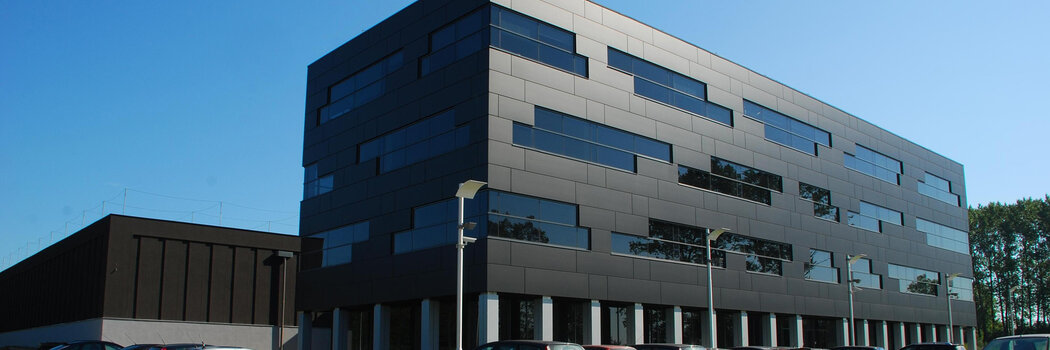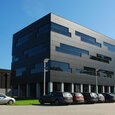
MICROSENS DWDM Transport Platform Connects Data Centers

The Polcom Data Center uses a number of innovative solutions, including a proprietary building management system (BMS) that enables smart management of multiple data center systems and helps optimize the associated costs. Other highlights include the Direct Liquid Cooling System used for servers and the Thermal Energy Storage system. By using these solutions, Polcom has been able to significantly reduce the amount of power consumed by the server facility.

To support its core operations, the Polcom Data Center relies on leading-edge IT hardware which can guarantee a high level of quality and operational reliability. This is why Polcom chose the MICROSENS MSP1000 series optical DWDM transport platform to establish a redundant connection between its data centers. The DWDM system is designed to support 40 optical channels (upgradeable), including 40/100/200G channels, and supports Ethernet and Fibre Channel transmission. The system’s compact design also helps optimize installation space utilization.
Thanks to its excellent functionality, the MICROSENS DWDM system is an optimum solution for this type of application. The solution was designed to deliver large volumes of data in a reliable manner and at an optimal cost-per-bit ratio. Modular design and scalability make it possible to expand the system as the demand for bandwidth grows, without requiring the installation of costly additional fiber-optic connections. This allows users to upgrade their network infrastructures in a flexible and economical manner.
“For many years, we have built our competence based on experience, well-thought-out decisions and cooperation with technology leaders providing solutions for building high availability environments,” says Marcin Gwó?d?, Polcom CEO. “With MICROSENS, the important thing was not only the manufacturer’s open approach, but also its extensive experience with a technology which can ensure stable and secure operation of our facilities, allowing us to build a leading position in the field of data processing in Poland and in Europe.”
Über MICROSENS
Informationen über Glasfaserverbindungen zu übertragen, bringt zahlreiche Vorteile. Das erkannte die MICROSENS GmbH & Co. KG schon sehr früh. Als einer der Pioniere entwickelt und produziert das Unternehmen seit 1993 leistungsfähige Kommunikations- und Übertragungssysteme in Deutschland. Individuell abgestimmt auf die Anforderungen unterschiedlicher Nutzungsbereiche und eingebettet in umfassende Konzepte für einzelne Branchen. Vor allem aber nah am Kunden. Technische Herausforderungen aus Kundenprojekten fließen direkt in die Produktentwicklung ein. So entstehen IP-basierte Automationslösungen für moderne Gebäude, kosteneffiziente Netzwerkkonzepte für den Büro- und Arbeitsplatzbereich, robuste und ausfallsichere Lösungen für industrielle Umgebungen, optische Transportsysteme für zukunftsorientierte Weitverkehrsnetze und die effiziente Kopplung von Standorten und Rechenzentren.











